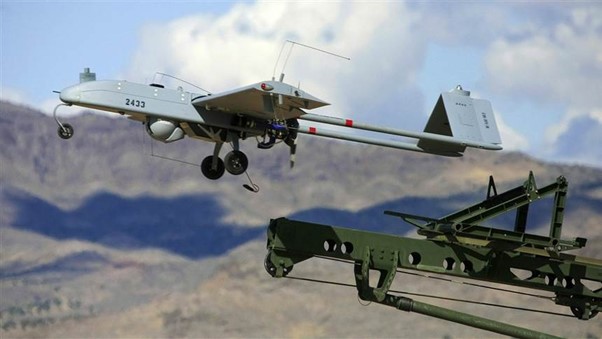Countering Rogue Drones: Key Anti-Drone Jamming Techniques
With the increasing accessibility of drone technology, the threat of rogue drones has become a significant concern for security agencies, critical infrastructure, and even public safety. Unmanned aerial vehicles (UAVs) can be misused for espionage, smuggling, and even attacks, making it crucial to implement effective countermeasures. One of the most efficient ways to neutralize rogue drones is through jamming techniques. In this blog, we will explore key anti-drone jamming techniques and their effectiveness in countering unauthorized UAVs.
With the increasing accessibility of drone technology, the threat of rogue drones has become a significant concern for security agencies, critical infrastructure, and even public safety. Unmanned aerial vehicles (UAVs) can be misused for espionage, smuggling, and even attacks, making it crucial to implement effective countermeasures. One of the most efficient ways to neutralize rogue drones is through jamming techniques. In this blog, we will explore key anti-drone jamming techniques and their effectiveness in countering unauthorized UAVs.
Understanding Drone Jamming
Drone jamming is the process of disrupting the communication link between a drone and its operator, causing the UAV to lose control, return to its home point, or enter a failsafe mode. Jamming primarily targets the radio frequency (RF) signals or GPS navigation system of the drone.
Radio Frequency (RF) Jamming
RF jamming works by transmitting a powerful signal on the same frequency bands used by drones for communication. This disrupts the drone’s ability to receive commands from its operator, leading to loss of control. RF jamming can be done using directional or omnidirectional antennas. It is effective against most commercial drones and can force them to land or return to home. However, it may interfere with legitimate communication signals and has a limited range depending on power output.
GPS Jamming
Many drones rely on GPS signals for navigation. GPS jamming works by emitting signals on the same frequency as GPS satellites, preventing the drone from receiving accurate positioning data. This technique can disable autonomous flight capabilities and is effective against GPS-reliant drones. However, it can affect nearby GPS-based systems, including aircraft and navigation tools, and is less effective against manually controlled drones.
Spoofing Attacks
Unlike jamming, spoofing involves sending false signals to the drone, tricking it into thinking it is receiving legitimate navigation or command inputs. This can lead the drone to land in a designated area or fly off course. Spoofing provides control over the drone rather than just disabling it and can be used to capture the drone safely. However, it requires advanced technology and expertise and may not work on all drone models.
Electromagnetic Pulse (EMP) Attacks
EMP attacks use a high-intensity burst of electromagnetic energy to disable the drone’s electronic components, rendering it completely inoperable. This technique instantly disables the drone and is effective against all drone types. However, it can damage nearby electronic systems and requires specialized equipment and controlled usage.
Directed Energy Weapons (DEW)
DEWs, such as high-powered microwaves or lasers, can be used to physically disable a drone by overheating its electronic circuits or damaging its structural components. This method offers precise targeting and minimal collateral damage. However, it has a high cost and energy requirement and a limited operational range.
Choosing the Right Anti-Drone Technique
Selecting the best anti-drone jamming technique depends on several factors, including the type of drone threat, the environment, and legal considerations. While RF and GPS jamming are commonly used for their effectiveness and ease of deployment, advanced techniques like spoofing and directed energy weapons offer more strategic control over rogue drones.
Conclusion
As drone technology continues to evolve, so must counter-drone measures. Jamming remains a critical tool in the fight against unauthorized UAVs, but it must be implemented responsibly to avoid unintended disruptions. Governments, security agencies, and private entities must stay ahead by adopting a multi-layered defense strategy to ensure airspace safety and security.
.png)






Leave a Comment
Your email address will not be published. Required fields are marked *